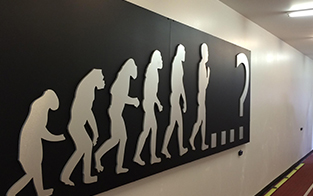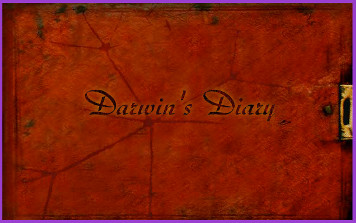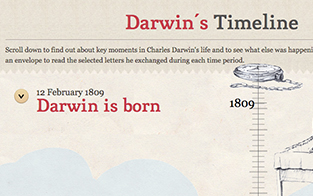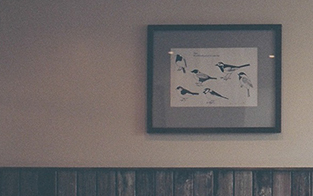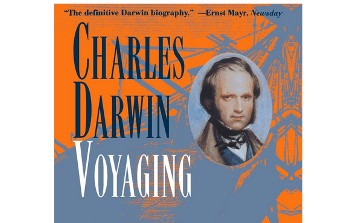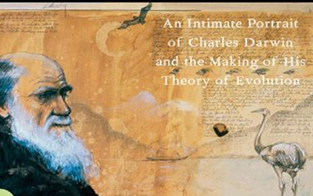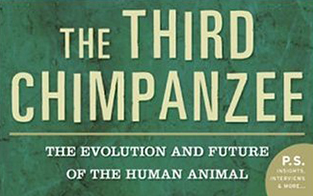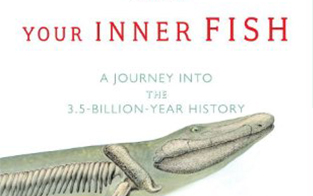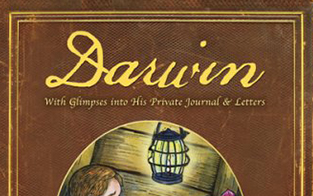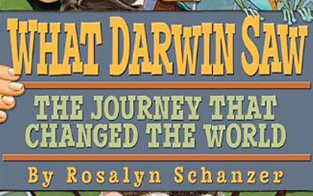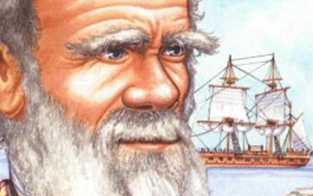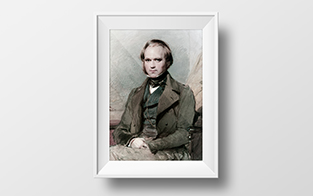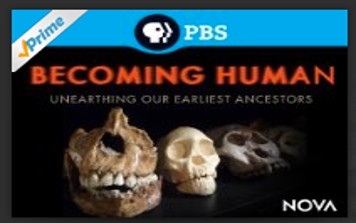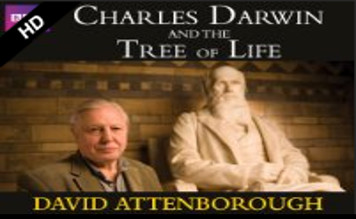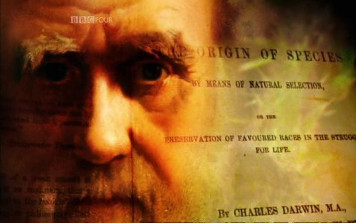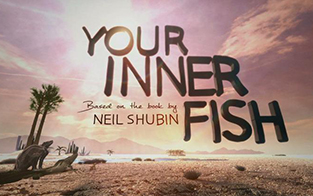-
Charles Darwin and Evolution
This site celebrates the life, work and impact of Charles Darwin. Created by students from Christ's College, Cambridge (where Darwin studied), Charles Darwin and Evolution includes dozens of articles and resources about who Darwin was, what he did and why he matters .
-
Darwin's Diary
Delve into Darwin’s life and work through this interactive diary created for PBS’ program,
Evolution. The site also offers a
multimedia library of resources related to Darwin and evolution.
-
History: Charles Darwin (1809 - 1882)
Read a succinct biography of Charles Darwin on the BBC’s History site.
-
National Academies Resources
The National Academies are The United States’ official bodies of eminent scientists, engineers, and doctors. Their evolution pages provide resources for students, teachers and evolution enthusiasts.
-
Timeline of Darwin’s Life and Work
This timeline is housed with the Darwin Correspondence Project, a program jointly managed by the American Council of Learned Societies and the University of Cambridge. The timeline places Darwin’s milestones alongside other notable events to provide historical context.
-
Understanding Evolution
This “one-stop source for information on evolution” is a collaborative project of the University of California Museum of Paleontology and the National Center for Science Education. The site provides educational resources on the science and history of evolutionary biology.
-
The Autobiography of Charles Darwinby Charles Darwin. Ed, Nora Barlow
This edition, published one hundred years after Darwin’s death and edited by his granddaughter, restores all of the passages expunged from the original 1887 edition. It can be read online at
Darwin Online, or purchased in print on
Amazon.
-
The Beak of the Finchby Jonathan Weiner
In this Pulitzer-prize winning book, science-writer Jonathan Weiner follows evolutionary biologists Peter and Rosemary Grant who have studied more than 20 generations of finches and the continuing evolution of their beaks in the Galapagos Islands.
-
Charles Darwin, Vol. 1: Voyaging by Janet Browne
How did an amiable, provincial English gentleman grow into a thinker capable of challenging the most basic principles of religion and science? Voyaging follows Darwin’s adventures and discoveries as he pieces together the evidence for an idea that would fall upon the world like a thunderclap.
-
Charles Darwin, Vol. 2: The Power of Place by Janet Browne
In 1858, Darwin was living quietly in the English countryside, not yet a focus of debate. His "big book on species" still lay on his desk as a manuscript. It is at this point Vol. 2 of Brown’s magisterial biography opens, and does dramatic justice to all aspects of the Darwinian revolution.
-
The Greatest Show on Earthby Richard Dawkins
“If Charles Darwin walked into a 21st-century bookstore and wanted to know how his theory had fared, this is the book he should pick up... As Darwin famously noted, there is grandeur in this view of life. What Dawkins demonstrates is that this view of life isn't just grand: it's also undeniably true.” - Publisher’s Weekly
-
The Reluctant Mr. Darwinby David Quammen
This biography begins after the Beagle landed on English shores, and focuses on the conundrum that presented itself to the famed scientist: when to reveal his discovery?
-
The Third Chimpanzeeby Jared Diamond
Research biologist Jared Diamond argues that human beings are a species of chimpanzee, albeit with a unique capacity for innovation. He writes about human tendencies for war and environmental destruction, as well as human sexuality, language, art, and agriculture.
-
Your Inner Fishby Neil Shubin
Paleontologist and anatomy professor Neil Shubin examines fossils and DNA to shows how our hands resemble fish fins, our heads are organized like long-extinct jawless fish, and major parts of our genomes look and function like those of worms and bacteria.
-
Darwin by Alice B. McGinty
Filled with the fascinating words of Charles Darwin—designed as handwritten entries—this picture book biography reveals the assembling of Darwin’s profound discovery: evolution of species by natural selection.
-
What Darwin Saw by Rosalyn Schanzer
Brightly colored cartoons fill the pages of this comic-book style biography focusing on Charles Darwin’s time aboard the Beagle and the final publication of his theory of natural selection.
-
Who Was Charles Darwin? by Deborah Hopkinson
This installment in the popular "Who Was...?" series is a kid-friendly biography following the life of Darwin from his daydreaming, nature-loving childhood to his time aboard the Beagle—and the development of his groundbreaking theory. Illustrated.
-
Young Charles Darwin by Ruth Ashby
Award-winning author Ruth Ashby writes about Darwin’s historic journey aboard The Beagle. Ashby follows Darwin’s trip around the world as he explores South America, the Cape Verde Islands, Tahiti, and the Galapagos Islands.
-
Becoming Human
NOVA's comprehensive, three-part special, "Becoming Human," examines what the latest scientific research reveals about our hominid relatives—putting together the pieces of our human past and transforming our understanding of our earliest ancestors.
-
Charles Darwin and the Tree of Life
David Attenborough addresses three key questions in this beautiful BBC documentary: how and why did Darwin come up with his theory of evolution? Why do we think he was right? And why is it more important now than ever before?
-
Darwin’s Struggle
This BBC biography follows the story of how Darwin came to write On the Origin of Species. The film draws on Darwin’s secret notes and correspondence, natural history filming, powerful period imagery, and contributions from contemporary biographers and scientists.
-
Your Inner Fish
This three-part PBS series takes a new look at human evolution using fossils, embryos and genes—revealing how our bodies are the legacy of ancient fish, reptiles and primates.
-
Creation
In this feature film starring Jennifer Connelly and Paul Bettany, English naturalist Charles Darwin struggles to find a balance between his revolutionary theories on evolution and the relationship with his religious wife, whose faith contradicts his work.
-
Darwin’s Darkest Hour
Starring Henry Ian Cusick ("Lost") and Frances O'Connor ("Mansfield Park"), Darwin’s Darkest Hour depicts the professional and personal trauma Charles Darwin endured the year before the publication of On the Origin of Species.
